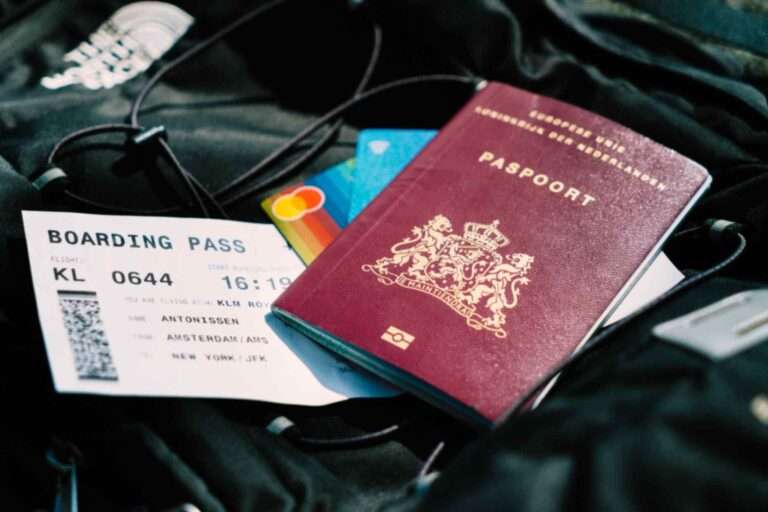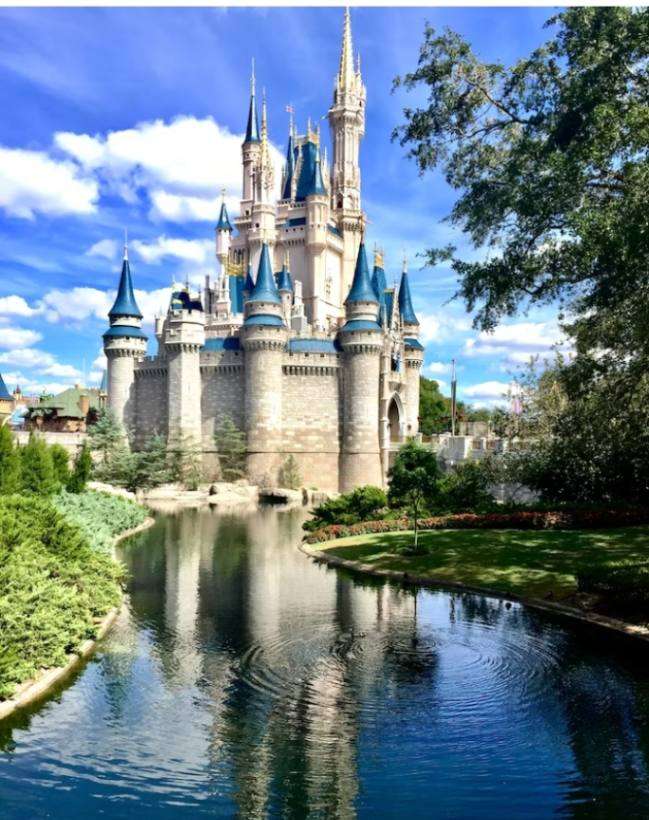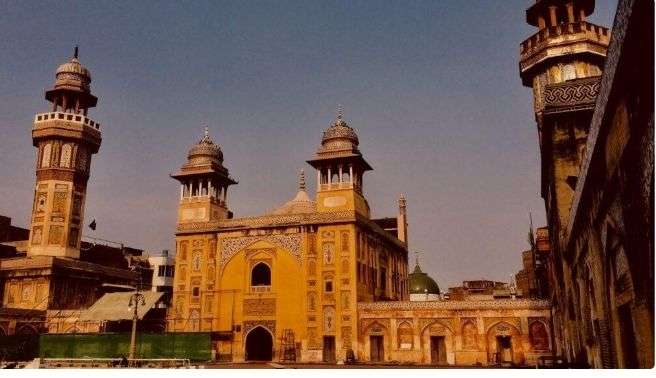The Russia flag, with its tricolor design of white, blue, and red, has a rich history and profound symbolism that reflects the country’s traditions, struggles, and aspirations. As one of the most recognizable national flags in the world, it serves as a powerful symbol of Russian identity and heritage.
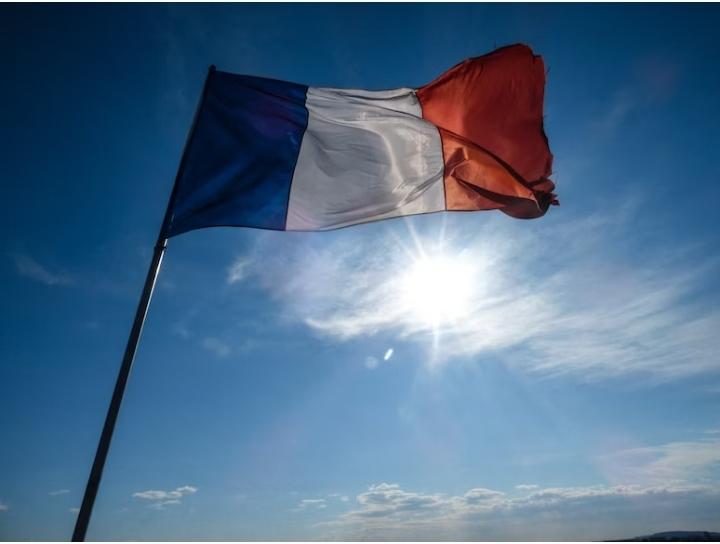
Origen
The origins of the Russian flag can be traced back to the late 17th century when the tricolor combination of white, blue, and red first appeared as the flag of the Tsardom of Russia. Over time, the flag underwent several alterations, reflecting the political and social changes that swept through the country. However, the basic tricolor design remained a constant throughout much of Russia’s history.
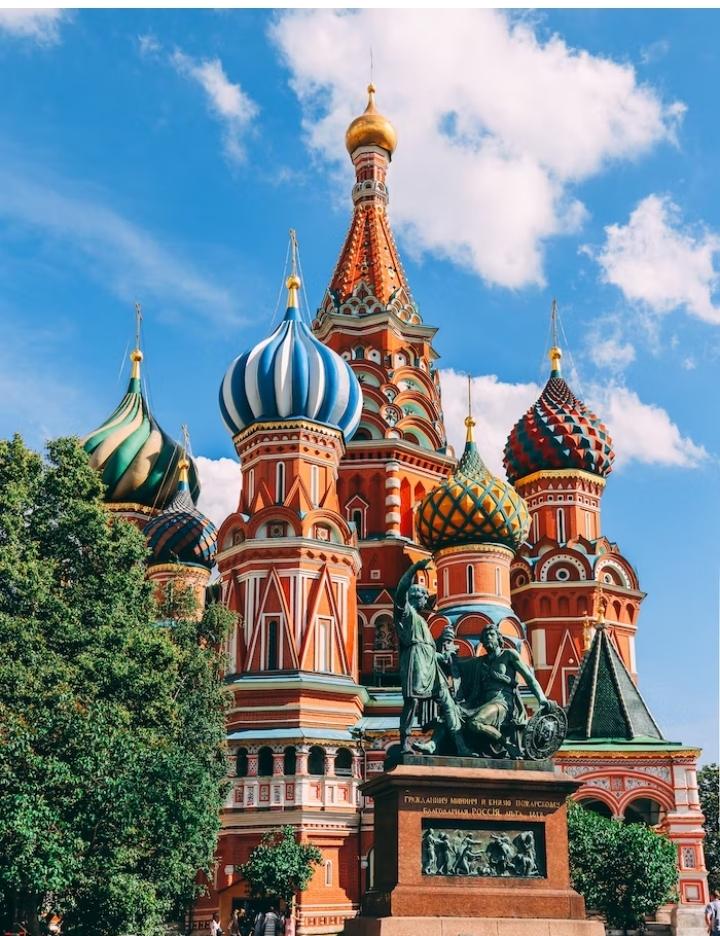
The current tricolor flag of Russia was officially adopted on August 22, 1991, following the dissolution of the Soviet Union. This flag closely resembles the one used during the Russian Empire and the Provisional Government that followed the 1917 Russian Revolution. Its design consists of three horizontal stripes of equal width, with white on the top, blue in the middle, and red on the bottom.
Colour meanings
Each color of the Russian flag carries its own symbolism, deeply rooted in the nation’s history and culture. White represents the virtues of honesty, integrity, and peace. It also reflects the country’s snowy landscapes and the purity of its people. Blue is associated with loyalty, faith, and the vast blue skies that cover Russia. Red, a color often linked to courage, valor, and the blood shed by those who have fought for the nation, represents the resilience and strength of the Russian people.
Desighn
Moreover, the choice of a tricolor design was not arbitrary. The tricolor flag was inspired by the flags of the Netherlands and France, which were seen as symbols of liberty and independence during the European Enlightenment. By adopting a similar design, Russia sought to align itself with the ideals of freedom and progress that were spreading across Europe at the time.
The Russian flag has not only served as a national symbol but also as an emblem of unity and pride for the Russian people. It has been raised in times of triumph, such as during the victory celebrations of World War II, and in moments of grief, as a sign of solidarity and resilience in the face of adversity.
In recent years, the flag has taken on added significance, becoming a potent symbol of Russian identity and sovereignty in the face of geopolitical challenges. It has been prominently displayed during national holidays, sporting events, and public demonstrations, serving as a unifying force for the diverse people of Russia.
However, the Russian flag has not been without controversy. For some, particularly those who have experienced political repression or social injustice, the flag’s association with the Russian state and its policies has led to mixed feelings. This has sparked debates about the true meaning of the flag and its role in representing the aspirations of all Russian citizens.
Conclusion
In conclusion, the Russian flag stands as a powerful emblem of the nation’s history, culture, and aspirations. Its tricolor design and symbolic colors encapsulate the virtues, struggles, and triumphs of the Russian people. As Russia continues to evolve and face new challenges, the flag will undoubtedly remain a central symbol of unity and pride, representing the diverse tapestry of the Russian nation.
Faq aabout Russia flag
Q: What is the significance of the tricolor design of the Russian flag?
A: The tricolor design of the Russian flag has historical roots and symbolic significance. It represents the virtues and aspirations of the Russian people, with each color carrying its own meaning. White symbolizes honesty, integrity, and peace; blue represents loyalty, faith, and the vast skies of Russia; and red is associated with courage, valor, and the resilience of the Russian people.
Q: When was the current tricolor flag of Russia officially adopted?
A: The current tricolor flag of Russia was officially adopted on August 22, 1991, following the dissolution of the Soviet Union. This flag closely resembles the one used during the Russian Empire and the Provisional Government that followed the 1917 Russian Revolution.
Q: What are some historical influences on the design of the Russian flag?
A: The tricolor design of the Russian flag was inspired by the flags of the Netherlands and France, which were seen as symbols of liberty and independence during the European Enlightenment. By adopting a similar design, Russia sought to align itself with the ideals of freedom and progress that were spreading across Europe at the time.
Q: How has the Russian flag been used as a symbol of national identity?
A: The Russian flag has been raised in times of triumph, including victory celebrations of World War II, and in moments of grief, serving as a sign of solidarity and resilience in the face of adversity. It has become a potent symbol of Russian identity and sovereignty in the face of geopolitical challenges, and has been prominently displayed during national holidays, sporting events, and public demonstrations.
Q: What controversies or debates surround the Russian flag?
A: Some individuals, particularly those who have experienced political repression or social injustice, have mixed feelings about the Russian flag due to its association with the Russian state and its policies. This has sparked debates about the true meaning of the flag and its role in representing the aspirations of all Russian citizens.
I’m originally from Manchester (England) but I currently live in New York. I started this travel blog all the way back in 2009 to provide travel advice that wasn’t available in the guidebooks.
Since then I’ve traveled to over 60 countries, a lot of the time, solo. My site is filled with destination guides, things to do, epic itineraries and money-saving travel tips. I hope I can inspire you to see the world!


